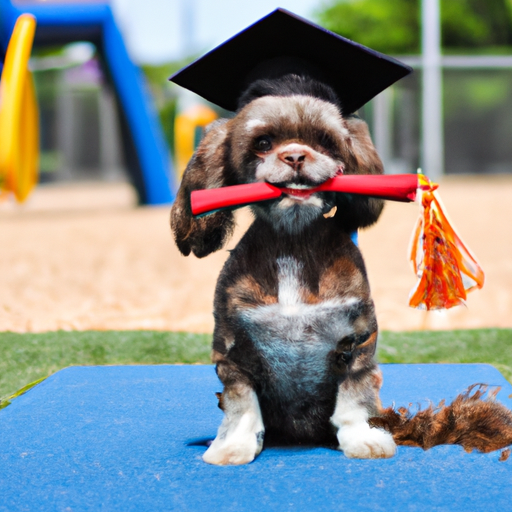Introduction
In the world of dog training, size does matter! Training small dogs can be a unique challenge. Their tiny stature, coupled with their often larger-than-life personalities, may require a different approach compared to their larger counterparts. But fear not! With patience, understanding, and a little bit of homework on your part, you can successfully train your small dog to be a well-behaved and happy member of your family.
1. Understand Your Small Dog’s Unique Needs
Small dogs are not just tinier versions of large dogs. They have their own set of needs and behaviors that need to be understood and addressed accordingly. Your role as the caregiver is to understand these needs and respond to them in a way that respects their physical limitations while still maintaining discipline.
- Health: Small dogs have faster metabolisms and will need more frequent meals. They’re also more susceptible to cold weather and may need extra protection in chilly climates.
- Behavior: Small dogs can be more fearful or aggressive due to their size. They might feel the need to assert themselves more to compensate for their small stature.
- Training: Small dogs can be as intelligent and capable as larger breeds. However, their attention spans can be shorter, and they may require more frequent breaks during training sessions.
2. Use Appropriate Training Techniques
Successful training is all about communication. You need to clearly convey what you want your dog to do and reward him when he does it. Here is a simple 3-step strategy for training your small dog:
- Command: Give your dog a clear, concise command. Use a firm but gentle voice. Remember, you’re not shouting at the dog; you’re communicating with him.
- Action: Show your dog what you want him to do. This might mean guiding him into a sit position or leading him to his bed.
- Reward: Always reward your dog for correctly following the command. This can be a small treat, a belly rub, or praise in a happy, excited voice.
| Step | Example |
|---|---|
| Command | “Sit” in a firm, gentle voice |
| Action | Gently press on your dog’s hindquarters to show him the sit position |
| Reward | Give a small treat and praise him |
3. Socialize Your Small Dog
Socialization is an essential part of any dog’s training. This process involves introducing your dog to a variety of people, environments, and other animals to help him feel comfortable in different situations.
- Start early: The best time to start socializing a dog is when he’s a puppy.
- Go slow: Introduce new experiences gradually to avoid overwhelming your dog.
- Stay positive: Always end on a positive note to make the experience enjoyable for your dog.
4. Be Consistent
Consistency is key in dog training. Your dog needs to understand that certain behaviors will always result in the same outcome. This means:
- Using the same commands for the same actions.
- Rewarding good behavior and ignoring or correcting bad behavior every time.
- Ensuring all members of the household follow the same rules.
5. Patience is Key
Remember, training is a process. Your small dog may take a little longer to learn new commands or behaviors. That’s okay. The most important thing is to have patience, stay positive, and keep trying.
Frequently Asked Questions
Q: How long should training sessions be for small dogs?
A: Keep training sessions short, around 5-10 minutes is ideal.
Q: Can all small dogs be trained?
A: Yes, with patience and consistency, all dogs can be trained.
Q: What if my small dog is not food motivated?
A: Try using toys or praise as a reward.
Q: How can I stop my small dog from barking excessively?
A: Identify the cause of the barking and address it. It could be due to fear, boredom, or a need for attention.
Q: How can I make my small dog feel safe?
A: Provide a safe space, like a crate or bed, where your dog can retreat to when feeling anxious or scared.



